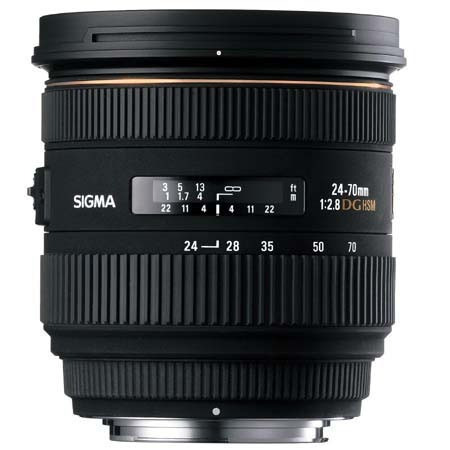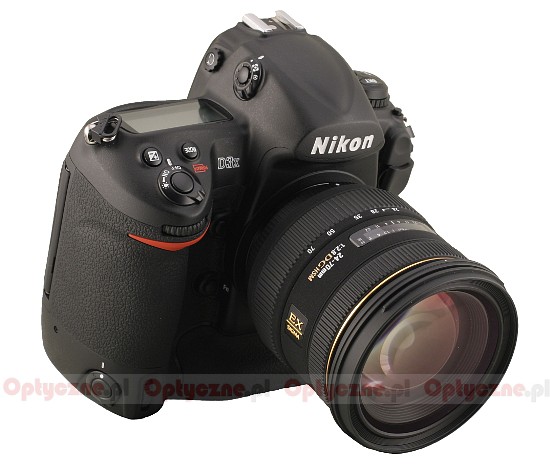

I’ve bumped up the clarity and the saturation on the corrected half of the image as well so you can tell them apart. You’ll notice it better when you are looking at the image and switching the Lens Correction On and Off. Probably not obvious in this instance, but the correction amount is still quite a fair bit even for pin cushion distortion, which had really surprised me. Falloff was shocking on 24mm at f2.8, which again, what you’d come to expect.īelow is a photo taken on the 70mm end. Distortion never really disappears even at 28mm, 35mm and 50mm either. It looks a bit squat on the left image and then after Lens Correction is turned on with Adobe’s Correction Profile for the Sigma lens, things look a touch elongated. You can see it here on the dark coloured rock on the background, on the left side. It’s sharp when you nail the focus, but when you get to the edges and to the corners, it gets pretty soft and you start to lose detail.ĭistortion is understandably strong at 24mm, as long as mid-range zooms are concerned. The D800 does a gosh darn good job of showing me how lenses are like. The lens behaves well enough for the hobbyist, as you would expect for a lens sitting at this price point, with the usual suspect of barrel distortion on the wide end and pin cushion distortion on the short tele end. The only real gripe I have on build quality is that it isn’t, in some way or another, weather sealed.
Sigma 24 70 2.8 if ex dg manual#
The AF-M switch feels toy-like, but I always leave it on AF and switch to Manual Focus with the switch on the camera body. When you get the lens brand new, you may need to wear in the zoom and focus rings a tad as they can be a bit stiff. The shortness of the lens also means that your zoom and focus rings are a bit on the narrow end.

The distribution of the focal lengths isn’t as generous as the 24mm, 28mm and 35mm focal lengths are fairly close together. Like the Nikkor lens, you cover the entire zoom range within a quarter turn (the rings turn the other way than what you’re used to on Nikon) but the zoom isn’t as smooth as a Nikkor. I prefer the rubber grips on magnesium alloy rings on the Nikkor 24-70 than the plastic of this lens. Some mild clunking here and there of the moving lens elements, but that’s normal. Nice and beefy for a short little stump of a 24-70. A mix of epoxy resin with an accelerator which cures to a very durable finish that is harder than your normal “primer, paint and clear finish” (as I call it) job. Just for a little trivia, the Nikkor lens’ grippy, stippled finish is created by the use of epoxy paint. The finish on the lens barrel is a smooth satin finish whereas Nikon has a semi gloss, stippled finish. The smaller size and lighter weight means that you can comfortably shoot with this all day. Considering that my D800 has the grip and a Nikkor 24-70, the lighter Sigma lens was a welcoming change of pace, although I am used to the weight of my all Nikon setup. Not gonna lie, it feels great to hold it, particularly if you are a travel or street photographer. Minimum focusing distance of 38cm or 15 in (same as the Nikkor).An angle of view from 84.1 to 34.3 degrees.
Sigma 24 70 2.8 if ex dg series#
The new look Contemporary, Art and Sports series lenses are again proving to be some serious competition winning a few TIPA and dpreview awards, as well as having very comparable (in some instances, better) optical quality when compared to their main competitors. Definitely living up to it’s reputation of being an affordable alternative, but still delivering a quality product. You will find that, when you shop around, Sigma lenses will 9 times out of 10 give you a very generous saving.

Adorama did not list the regular price of this lens, unfortunately) This is coming from the Adorama Online Store and the prices are in USD:

To prove that, let me give you a quick run down on the Recommended Retail Prices of the lenses. It’s a whole lot easier on the wallet, so much so that you could probably buy a decent prime lens with the remaining dosh you save. The Sigma 24-70 f2.8 IF EX DG HSM is coming along as a more affordable alternative of the Canon and Nikkor counterparts. A Nikon D800 with the Sigma 24-70 f2.8 IF EX DG HSM


 0 kommentar(er)
0 kommentar(er)
